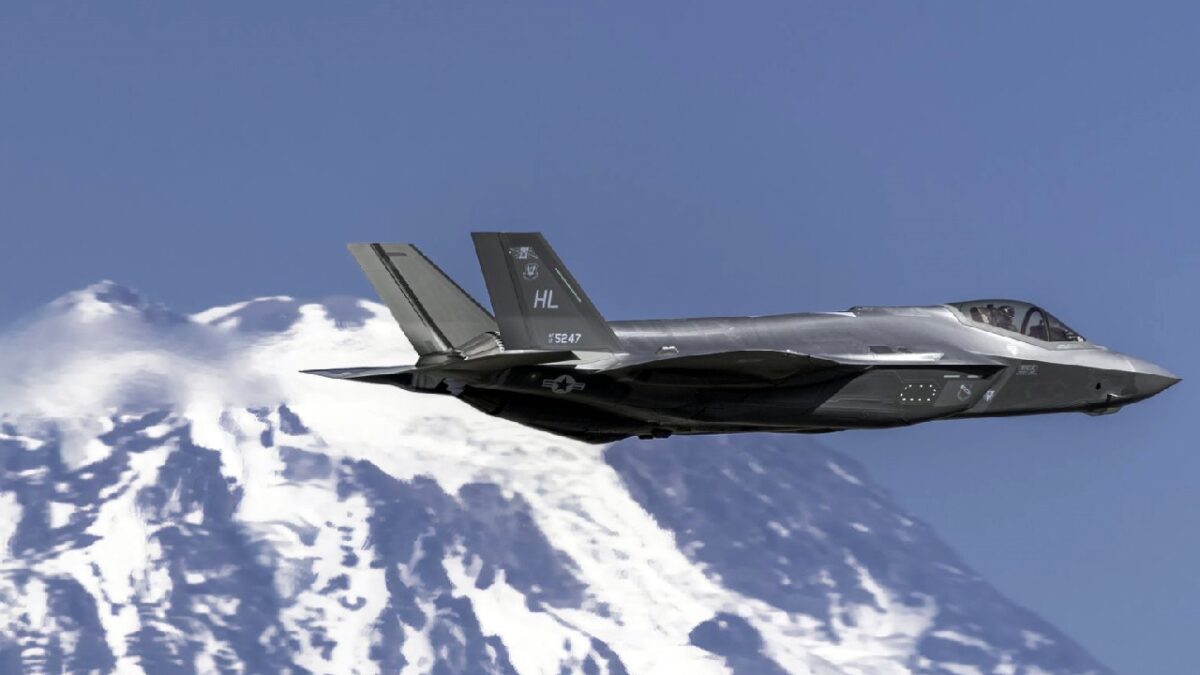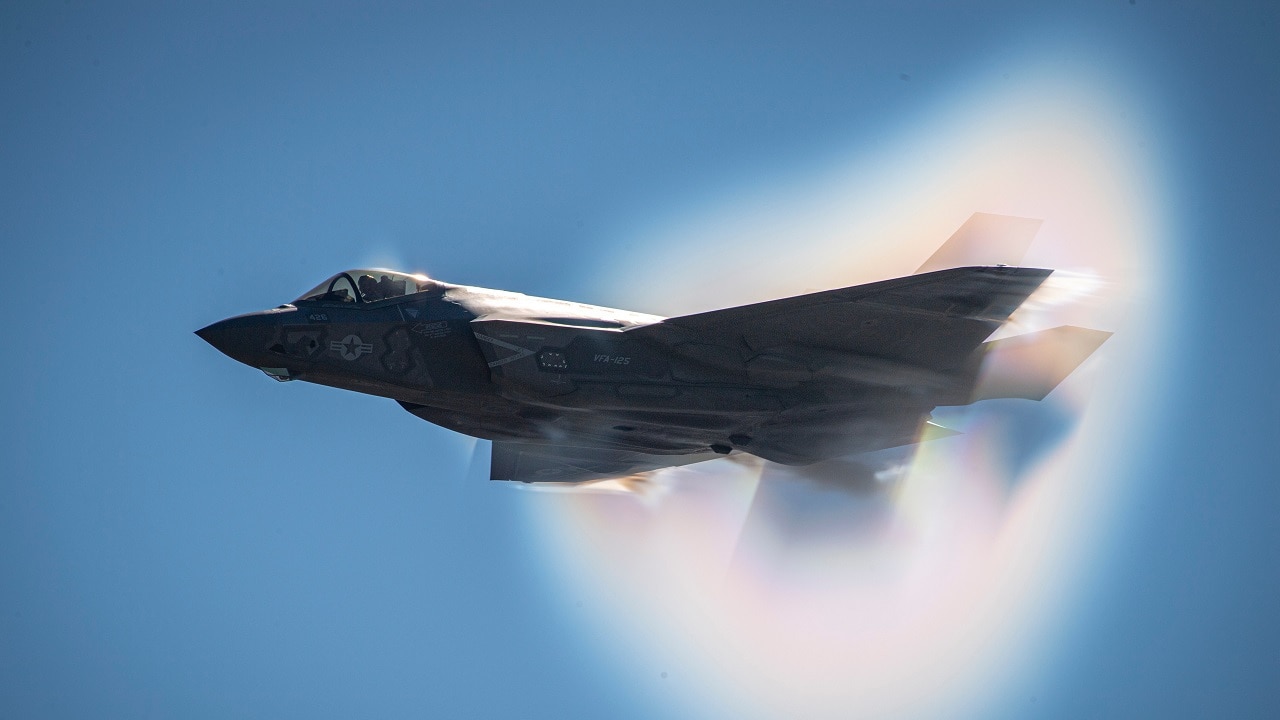F-35 Made in China? Not Exactly: It isn’t actually baseless hyperbole to suggest that China’s J-20 “Mighty Dragon” fighter likely has some “DNA” from the Lockheed Martin F-22 Raptor and F-35 Lightning II. Chinese hackers, believed to be working at the behest of Beijing, had stolen files that contained sensitive information on the American aircraft – shortly before the Mighty Dragon was hatched and unveiled to the world.
However, potentially far more upsetting could be the news that the Pentagon is now investigating whether the F-35 may contain actual Chinese components.
On Wednesday, Reuters reported that the Department of Defense (DoD) had stopped accepting new F-35 jets after discovering that a magnet used in the fifth-generation multirole combat aircraft’s engine was made with “unauthorized material” from China.
According to Pentagon spokesperson Russell Goemaere, during an investigation last month, it was found that an alloy in the engine’s lubricant pump did not comply with U.S. procurement laws that bar such unauthorized content from the People’s Republic of China.
“We have confirmed that the magnet does not transmit information or harm the integrity of the aircraft and there are no performance, quality, safety, or security risks associated with this issue and flight operations for the F-35 in-service fleet will continue as normal,” said Goemaere.
The Defense Contract Management Agency on Aug. 19 notified the F-35 Joint Program Office that an alloy used in magnets in the F-35’s turbomachine pumps was produced in China
Lockheed Martin confirmed that the issue is related to the magnet within the Turbomachine pump, which is manufactured by Honeywell. It reportedly includes cobalt and samarium alloy. Honey International Inc. has said it “remains committed to supplying high-quality products that meet or exceed all customer contract requirements.”
The F-35 Joint Program Office told the media via a statement that an alternative source for the alloy would be used in the future. Moreover, there are also other Chinese-origin magnets used within the jet, but those have received waivers from the Pentagon in the past.
The issue does not affect flight operations of any of the fifth-generation fighter jets that are already in service.
Latest Issue for the F-35
It could be said that the F-35 is increasingly becoming a magnet for such small yet still significant issues. In late July, the United States Air Force – as well as partner operators – were forced to temporarily ground their F-35 fleets after an issue was found within the ejection seats.
The stand down, ordered on July 29, affected fleets across ACC, Air Education and Training Command, U.S. Air Forces in Europe, and Pacific Air Forces. Air Force Magazine reported that most of the service’s 349 jets have been inspected, as have the additional supplies of the key part in question – a cartridge-actuated device (CAD).
At the center of the issue was a CAD that was found to have had an insufficient amount of explosive powder, during a routine F-35 inspection at Hill Air Force Base (AFB), Utah in April. It was found that the particular cartridge was loose and missing its explosive powder, which would not have allowed the CAD to initiate the necessary actions if the pilot required an ejection from the aircraft.
As a result, the Air Force issues a stand-down order for its F-35s. In addition, the U.S. Navy and United States Marine Corps conducted inspections on their respective F-35s, as well as other aircraft – including the F/A-18 Super Hornets and Growlers – that employed Martin-Baker seats.
Out of precaution, the entire F-35 fleet was grounded while an inspection of each aircraft was conducted. Inspecting each cartridge involved taking the jet out from service for at least a day so that the seat could be removed. Each CAD was removed and inspected. If maintainers were unable to determine if the cartridge had enough explosive powder, it was then X-rayed.

An Airman of the F-35A Lightning II Demonstration Team flies the F-35A in front of a mountain near Tacoma, Wash., on July 5, 2021. The demonstration team headlined both the Gig Harbor Wings-and-Wheels and Tacoma Freedom Fair air shows for the Fourth of July weekend, showcasing the advanced capabilities of the F-35 to the Pacific Northwest. (U.S. Air Force photo by A1C Jake Welty)
The entire fleet was inspected and the stand-down ended in the middle of August. However, it is unclear if during those inspections the magnet issue was discovered.
Expert Biography: A Senior Editor for 1945, Peter Suciu is a Michigan-based writer who has contributed to more than four dozen magazines, newspapers, and websites with over 3,000 published pieces over a twenty-year career in journalism. He regularly writes about military hardware, firearms history, cybersecurity, and international affairs. Peter is also a Contributing Writer for Forbes. You can follow him on Twitter: @PeterSuciu.

